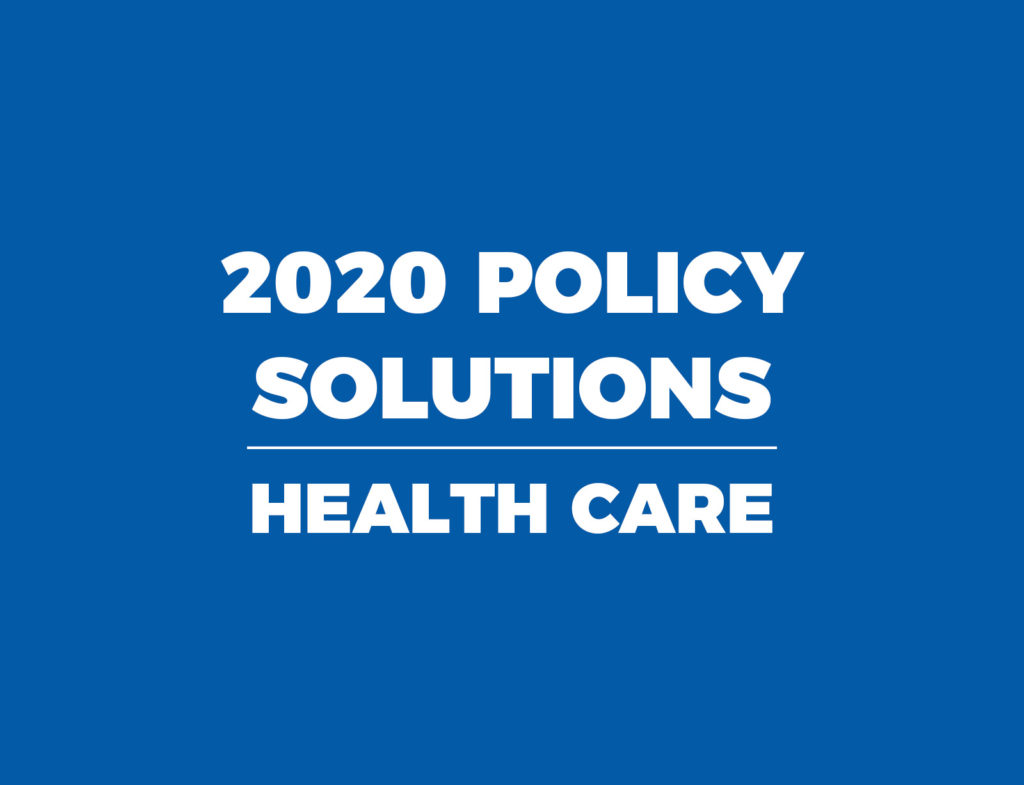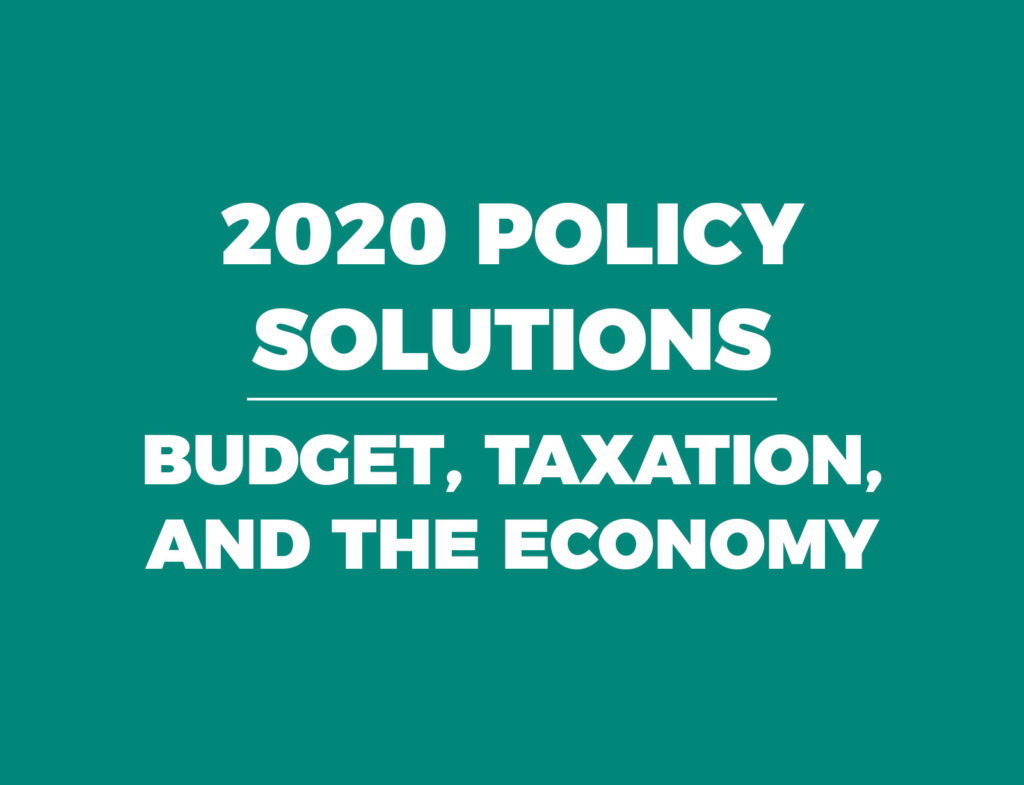Introduction
Updated as of January 2020.
Discussions of funding levels are necessary, but not sufficient, for truly understanding the health of our public schools. Researchers generally agree that how the money is spent is far more important than how much money is available to be spent. But no matter how many times researchers find weak empirical relationships between spending and performance, the public will insist that schools are one teacher pay raise away from the educational promised land.
Unfortunately, the American public too often equates the quality of public schooling with the condition of various inputs: per-student spending, educational technology, teacher pay, class size, school buildings, and the like. Presumably, schools will succeed so long as federal, state, and local governments use taxpayer money to furnish high-tech gadgets, pay teachers more, reduce class sizes, and construct magnificent school buildings.
But there is a better way for us to think about education finance: a focus on productivity. Researchers use the term “educational productivity” to describe analyses that compare funding to student performance. To do so, they use quantitative methods to measure the relative return on investment for schools and school districts, while considering differences in cost of living, household income, English language proficiency, and special education services.
All things being equal, there are tremendous variations in productivity within North Carolina’s public school system. Some districts have below-average per-pupil expenditures but above-average test scores. Others have relatively high per-pupil expenditures, but their test scores are disappointingly low.
Whether you call it “return on investment,” “educational productivity,” or “bang for the buck,” an assessment of the relationship between educational inputs and outputs is an essential starting point for good K-12 education policy.
Key Facts
- In 2019, North Carolina spent an average of $9,865 per K-12 student in federal, state, and local operating funds and $750 (five-year average) in per-student capital funds. When average spending for buildings and other capital costs is included, the total per-student expenditure on public education in our state is $10,615 per student.
- During the 2018-19 school year, total operating expenditures reached $13.9 billion. State funds accounted for over $9.14 billion, 66 percent of that total.
- State funding is not distributed to all public school children equally. State and federal agencies allocate funds based on the needs, circumstances, and grade level of each student. During the 2018-19 school year, for example, school systems received an additional $884 in state funds for each limited English proficiency student and $4,464 for each special-needs student (limitations apply). Federal funding added up to $6,158 per elementary student, depending on program eligibility.
- Counties are responsible for financing their own capital programs and have spent almost $13.45 billion on school construction and maintenance since 1999. The state contributed over $1.94 billion for capital expenditures during the same period. Taking all sources of revenue into account, school districts have spent over $15.47 billion for school capital expenditures since 1999.
- Federal No Child Left Behind/Every Student Succeeds Act funding to North Carolina public schools remained relatively flat between 2009 and 2014. It increased from $517 million to $585 million between 2015 and 2019. Child nutrition programs received an additional $200 million in federal funds since 2012, mostly to implement revised nutritional standards for child nutrition programs.
Recommendations
- Acknowledge that empirical studies do not find a consistent relationship between education spending and student performance. Research suggests expenditures on classroom instruction provide the most “bang for the buck.” Even when dollars flow to the classroom, however, the fundamental principles of educational productivity still apply; that is, it’s not how much you spend but how you spend it.
- Discontinue the confusing practice of allocating funds using dozens of state-developed funding formulas. Instead, change the way that North Carolina funds public education by attaching funding to the student. Coupled with open enrollment for schools statewide, student-centered funding will ensure that schools chosen by parents will receive funds necessary to educate each child — nothing more, nothing less.
- Require school districts to post budgets, check registers, contracts, and other public documents online. Taxpayers should have access to information and data that details how their dollars are spent.



